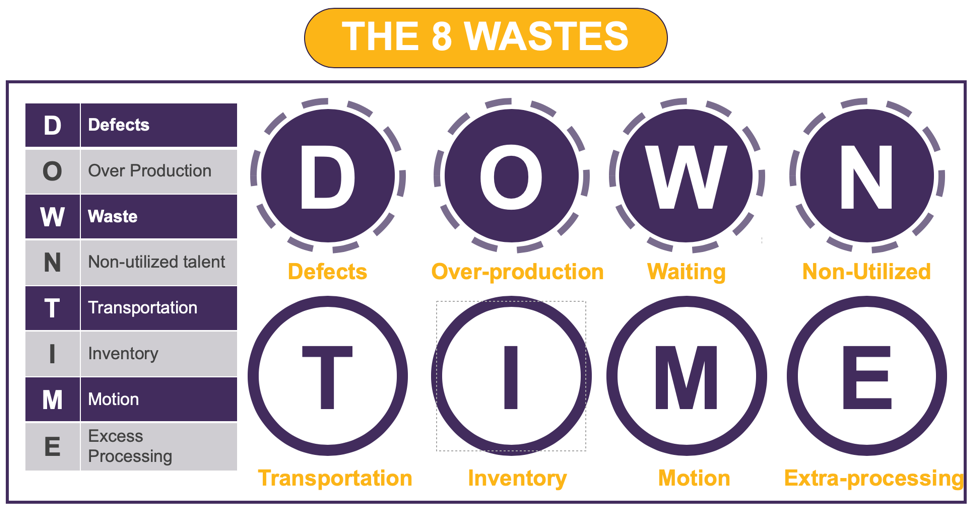Simplify your process by eliminating unnecessary activity and assuring consistency in the inputs and decision-making process for a process worthy of standardization.
When we complete the discovery and analysis of a workflows process, we need to make the most sustainable improvements possible.
It’s tempting to engage IT and request to automate our discovery. The problem with this approach is potentially automating needless inefficiencies or complexities. Consider reviewing your potential improvements through the hierarchical lens of Simplify, Standardize, Automate.
Let’s start with Simplify.
The KISS Principle in Operational Excellence
Popularized by the Navy in the 1960s, the KISS principle states most systems work best if kept simple rather than made complicated. Therefore, an important design goal is simplicity, not unnecessary complexity.
The KISS principle is the go-to method for making the most impact on your process. Think about applying simplification techniques to the incoming inputs or the process itself. Consider the following categories before standardizing a method or automating the process.
- Keep Quality Vendors: This step allows more consistent inputs for your process. Leveraging good suppliers reduces both the variation in items required by your process and the administrative activity and costs associated with procuring these. As the adage goes, “don’t be penny smart and pound foolish!”
- It Is About People: Involving key people early through a cross-functional team allows you to make necessary decisions where these have the most impact. Making required decisions earlier in a process prevents unnecessary work and limits the amount of rework needed to deliver to the customer’s expectation. Cross-functional teams provide localized perspective on the impacts of delaying decisions.
-
Simple Processes Focus on Value Added Activities: Minimize nonvalue added activities through waste elimination to create a simple process. There are many ways to simplify, but the main point is spending time on the steps that genuinely add value to the customer. Consider these concepts:
- Start with a “waste walk” to identify areas that consume time or resources, but do not benefit the customer. Having your team focus on the eight wastes allows identification and prioritization of activities that simplify your processes once removed.
![Simplify Operational Excellence]()
- Eliminate bureaucracy through reduced handoffs. A swim lane map highlights the handoffs in a process. Focus your team’s effort on understanding why a process must cross the lanes (handoffs). Typically, handoffs create delays in the process. So, spending time understanding the benefits of a handoff will allow your team to determine if the handoff is worth it.
- Reduce duplication of effort by combining steps, improving the interface between steps, or consider co-location and the sequence of associated tasks. When steps in a process are seamless across activities it reduces the chance of delays. Consider providing workers the training necessary to deal with hiccups that occur in their day.
- Reduce inventory through one-piece flow techniques and faster setup times. Switching between types of work typically adds delays in preparing for the new work. Focusing your team’s efforts on understanding the time spent during this change prevents backlogs and allows continued process performance.
- Start with a “waste walk” to identify areas that consume time or resources, but do not benefit the customer. Having your team focus on the eight wastes allows identification and prioritization of activities that simplify your processes once removed.
- Straightforward through Key Metrics: Make sure you track and communicate the right metrics. Identifying the vital few measures that indicate performance provide workers feedback to address their activity. Like we say, “what gets measured gets done!”
Finally
Simplify your process by eliminating unnecessary activity and assuring consistency in the inputs and decision-making process for a process worthy of standardization. Identify which areas the KISS principle might improve through a Process Assessment.
The post Simplifying Processes Prior to Standardization and Automation appeared first on Centric Consulting.
